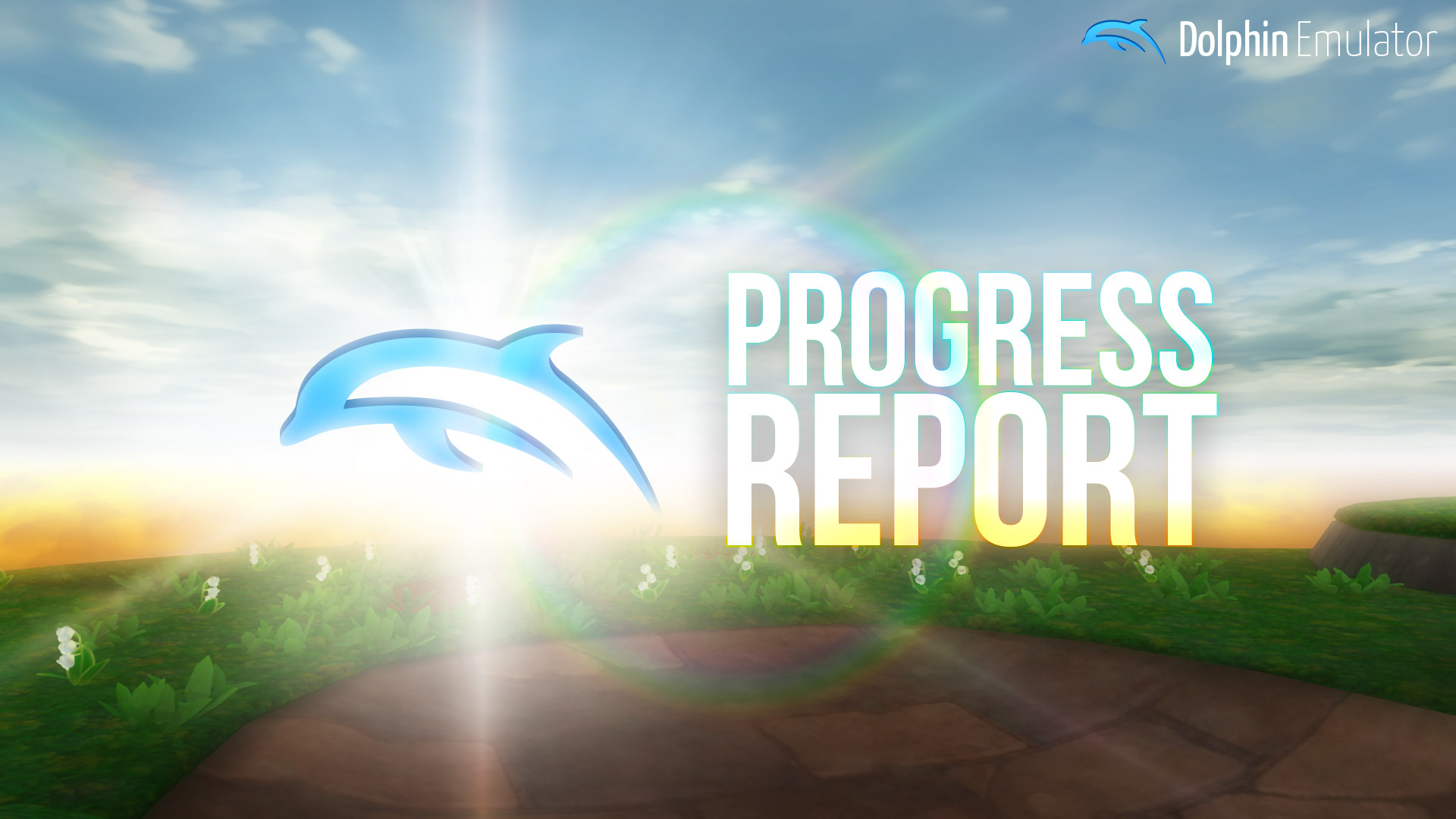Welcome to the HDR Block! Here we will be attempting to show you HDR screenshots and compare between our new HDR enhancement options. This is utilizing brand new browser features and image formats, and at this time support is limited. And buggy!

Browser Support
- Compatible: Chrome and Chromium-based browsers (e.g., Edge, Brave, Opera).
- Incompatible: Firefox and Safari do not support HDR photos.
Device Recommendations
- Desktops and Laptops: Best results, especially with a strong HDR display.
- Apple XDR Displays: Standalone XDR Displays and MacBooks equipped with XDR displays provide exceptional results when using Chrome. Note that Chrome under macOS currently has a bug that results in poor performance when displaying HDR images. Those affected will encounter a hard stutter when they leave this page.
- Windows Desktops/Laptops: Great results, though it will vary depending on the display connected. Set "SDR Brightness" to 0 for maximum effect.
- Phones: Mostly unreliable for HDR photos.
- iPhones: Not supported due to Safari lacking the feature required.
- Samsung: Not supported. Despite boasting powerful HDR screens and Chrome, HDR is currently disabled for browsers.
- Pixel: The best results out of the phones we tried, however its results were largely unremarkable. Use "Natural Color".
- Steam Deck OLED: Not supported. Chromium on Linux appears to lack HDR Photo capability at this time.
Display Settings for Optimal Viewing
- Brightness and Color: A high brightness HDR display (ideally 1000+ nits peak) with strong color capability (high DCI-P3 coverage) can clearly render the differences we are attempting to show.
- Avoid Certain Features: They have many names, but "dynamic contrast enhancement" and "active tone mapping" features bring SDR content brightness up into the HDR range, masking differences. Turn them off for maximum effect.
Additional Notes
- Pay attention to the white background of the page. If you see the background growing dimmer as HDR images are displayed, then brightening again once they are off screen, some sort of active brightness feature is currently enabled. If possible, please find and turn off that feature for best results. The white in the HDR images (especially the bottom one) should be much brighter than the background.
- Linux support for HDR is brand new and highly experimental, user discretion is advised.
- If using a phone, remember landscape orientation.
- These images may not fully represent the capabilities of the HDR shaders.
With all that established, let's begin!
Control

AutoHDR default Settings
PerceptualHDR default settings
AutoHDR with increased brightness
PerceptualHDR maximum amplification
Now white isn't white anymore. You're welcome!
And that's it! We hope you have enjoyed our little experiment into the wild world of High Dynamic Range. Please let us know if you were able to see the differences and how they looked to you on your device!
